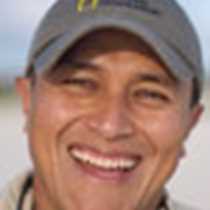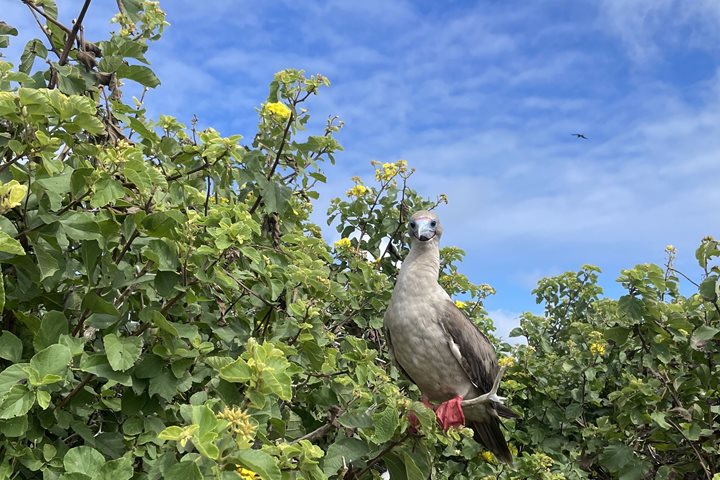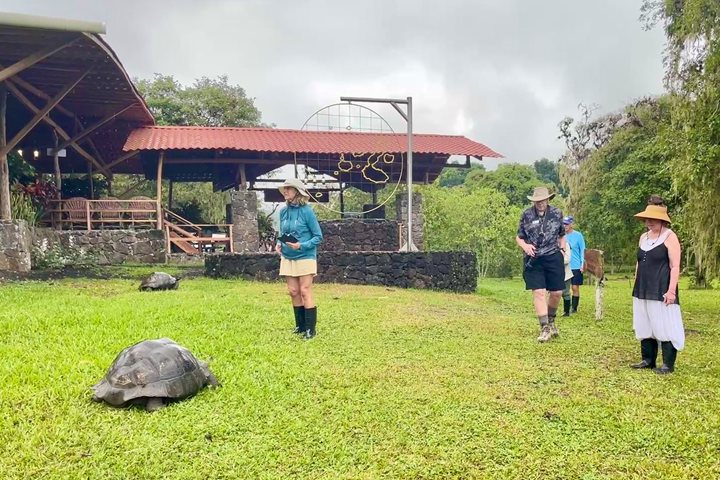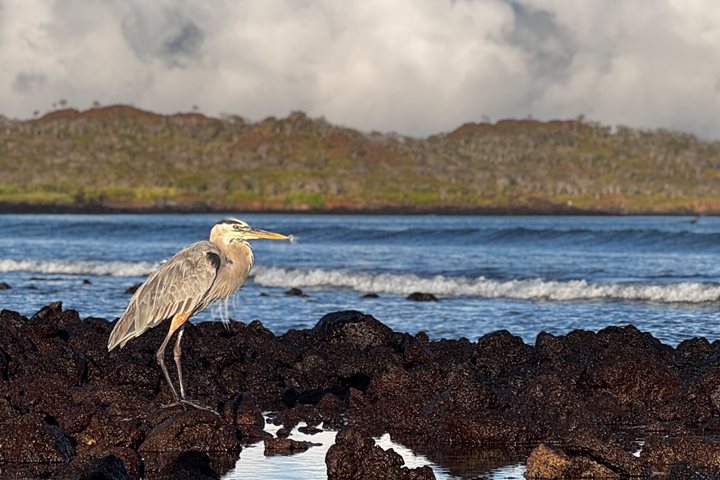The Galápagos Islands sit on the Nazca tectonic plate whose eastern boundary is slowly subducting underneath the South American plate. Therefore, the oldest islands are located in the east and south of the archipelago; the western islands—closer to the hotspot—remain volcanically active and are the youngest. Española is now the remains of what was once a shield volcano, harboring an amazing array of native species. Like its neighboring islands, San Cristobal and Floreana, Española presents a high rate of endemism compared to the rest of the Galápagos.
5/29/2025
Read
National Geographic Gemini
Genovesa Island
Genovesa is considered one of the Galapagos crown jewels, and today it was showing off all of its splendor. Immediately after breakfast we put on our sturdy shoes and set out to explore Prince Philip’s Steps. This area is known for opportunities to observe not only large colonies of nesting Nazca and red-footed boobies, but maybe, just maybe, the short-eared owl which exhibits diurnal behavior on this island. After this walk we got ready for a dip in the Pacific Ocean and snorkeling along the inner coast of this caldera. The afternoon was equally amazing as we disembarked to explore Darwin Bay, along a short and easy trail that was packed with wildlife. Here we observed not only nesting frigatebirds, red-footed boobies, and Nazca boobies, but also a few yellow-crowned night herons. It was another incredible afternoon in the Galapagos Islands.









